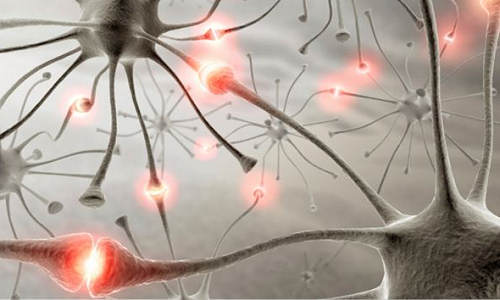A multicenter study including University of Kentucky researchers found that a new nerve repair technique yields better results and fewer side effects than other existing techniques.
Photo credits: planet-science
Traumatic nerve injuries are common, and when nerves are severed, they do not heal on their own and must be repaired surgically. Injuries that are not clean-cut – such as saw injuries, farm equipment injuries, and gunshot wounds – may result in a gap in the nerve.
To fill these gaps, surgeons have traditionally used two methods: a nerve autograft (bridging the gap with a patient’s own nerve taken from elsewhere in the body), which leads to a nerve deficit at the donor site; or nerve conduits (synthetic tubes), which can cause foreign body reactions or infections.
The prospective, randomized study, conducted by UK Medical Director of Hand Surgery Service Dr. Brian Rinker and others, compared the nerve conduit to a newer technique called a nerve allograft. The nerve allograft uses human nerves harvested from cadavers. The nerves are processed to remove all cellular material, preserving their architecture while preventing disease transmission or allergic reactions.
Participants with nerve injuries were randomized into either conduit or allograft repair groups. Following the surgeries, independent blind observers performed standardized assessments at set time points to determine the degree of sensory or motor recovery.
The results of the study suggested that nerve allografts had more consistent results and produced better outcomes than nerve conduits, while avoiding the donor site morbidity of a nerve autograft.
Rinker, a principal investigator of the study, describes it as a “game-changer.”
“Nerve grafting has remained relatively unchanged for nearly 100 years, and both of the existing nerve repair options had serious drawbacks,” Rinker said. “Our study showed that the new technique processed nerve allograft – provides a better, more predictable and safer nerve gap repair compared to the previous techniques.”
Rinker also noted that work is underway to engineer nerve allografts with growth factors which would guide and promote nerve regeneration, theoretically leading to even faster recoveries and better results.
Story Source:
The above story is based on materials provided by University of Kentucky.





